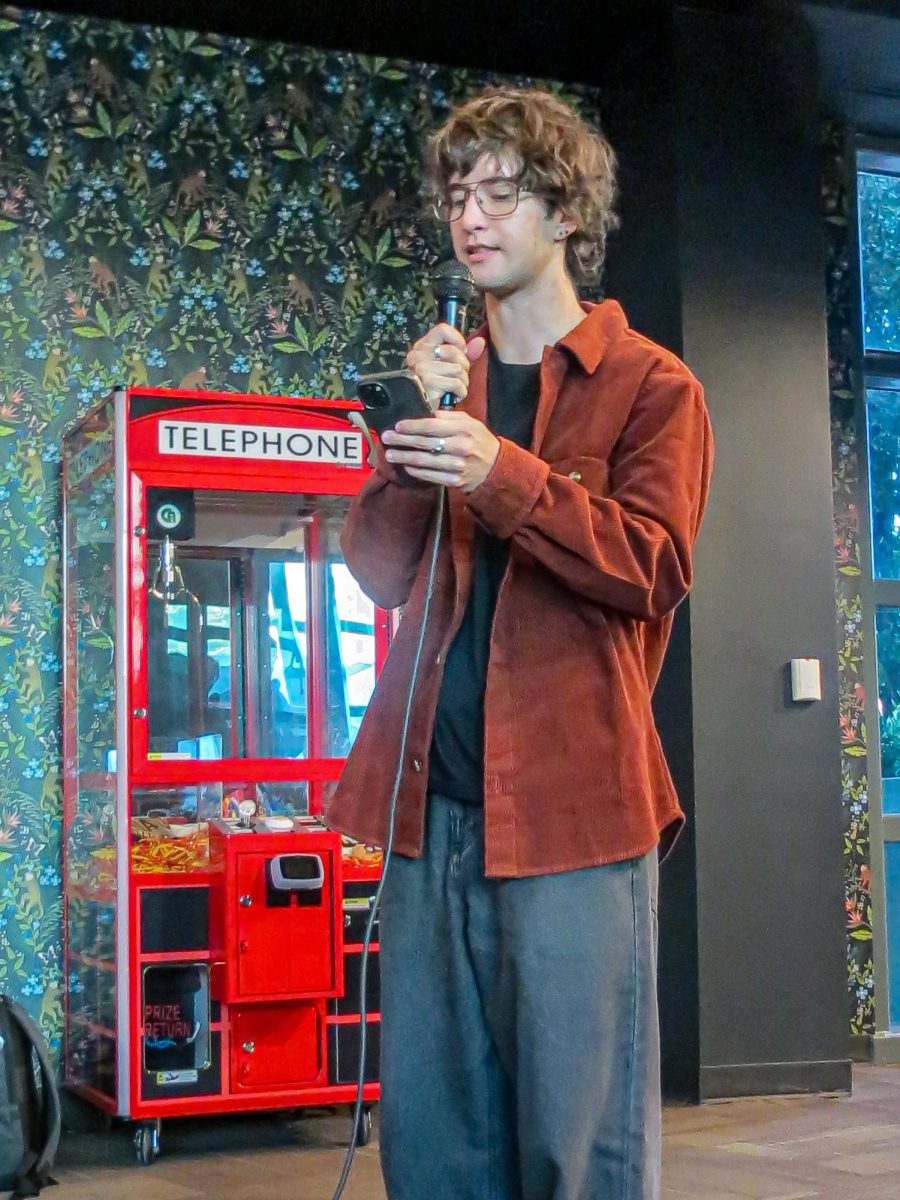Living in the dorms can be difficult at times but finding comfort in a new environment makes living in the dorms easier.
Junior Mass Communications major Madison Warren is a Residence Hall assistant at Garfield. Warren believes that getting involved in campus activities and taking advantage of the situation at hand is the best way to make the most out of living in the dormitories.
“Take anything that’s free. […] you’re never going to be in a situation like this again after college, and as much as school sucks sometimes, there are so many opportunities on campus to get involved, and go and interact with all these different people that like you. There are so many different types of personalities here that you will never meet in the same kind of way again […] So go to events go and try new things, step out of your comfort zone. If something says free go to it no matter what. And just try to make a community,” Warren Said.
Students found that making connections with other people on their floor and creating a sense of community helped them make the most out of living in the dorms. When struggling to make connections with other people on your floor, going to RA events or leaving one’s door open are good places to start.
Sophomore Secondary English Education major Izzy Hamann said, “Something I’ve heard a lot is just to leave your door open. And that way, it invites people passing in the halls to kind of stop in and talk to you, which invites friendships obviously.
Another way students made themselves feel at home in the dorms is to make the space theirs. Students found that they needed to make sure that their dorm wasn’t just a landing pad that they do homework in, and instead create a space that was comfortable to them.
“For me personally, I really have to nest where I am. So if I don’t like my room […] I won’t feel like I’m at home, I’ll kind of just treat it like an office. Making sure that you enjoy your environment and make it feel like home. And then once you do that, spreading out and finding community […] is a huge, huge part of making yourself feel at home,” Warren said.
Junior Biology major Erika Woodley found that having lots of pillows, a stuffed animal, and pictures that reminded her of home made her more comfortable in the dorm.
“Use your space, make it as comfortable for you because like being at home is comfortable for everyone, most likely. […] it’s weird being in a room with someone else […] So just make this place like your home, make it everything you’re comfortable with,” Woodley said.
Making the dorms comfortable and seeking out a sense of community is something that students have enjoyed from their time in the dormitories.
I like living in a walkable community, […] I can go to Rowdy’s and get snacks, I can get like a meal easily […] walk to the library and I can walk to the gym and […] ease of access to all of my friends,” Hamann said.
Dormatories are a temporary situation, but they still have advantages when students turn their room into a home away from home.








